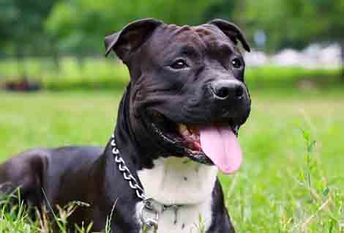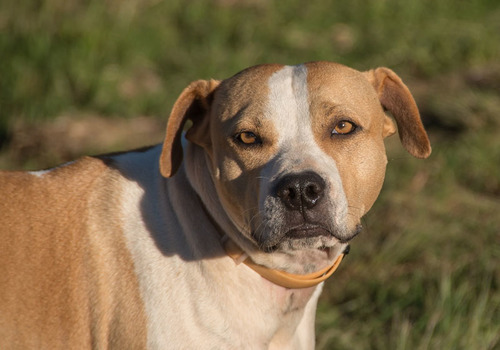Originating in Staffordshire, England over a hundred years ago, the dog was originally bred out of Bulldogs and smaller terriers like the Manchester Terrier – thus giving the dog its entirely appropriate name of “Staffordshire Bull Terrier.” As Bulldogs could not be used for dog fighting in those days, a new breed with similar tenacity was required, but after dog fighting was made illegal outright, the Staffordshire Bull Terrier lived on as an excellent worker and companion dog.
The Staffords evolved from those early bull and terrier crosses. They were popular with working men, in particular, coal miners in Staffordshire, England, who enjoyed pitting them against each other. That association with fighting meant that breed recognition did not come quickly for them, even though dog fighting had been outlawed in 1835. It wasn’t until a century later that England’s Kennel Club recognized the breed. The American Kennel Club recognized the Staffordshire Bull Terrier in 1975.











